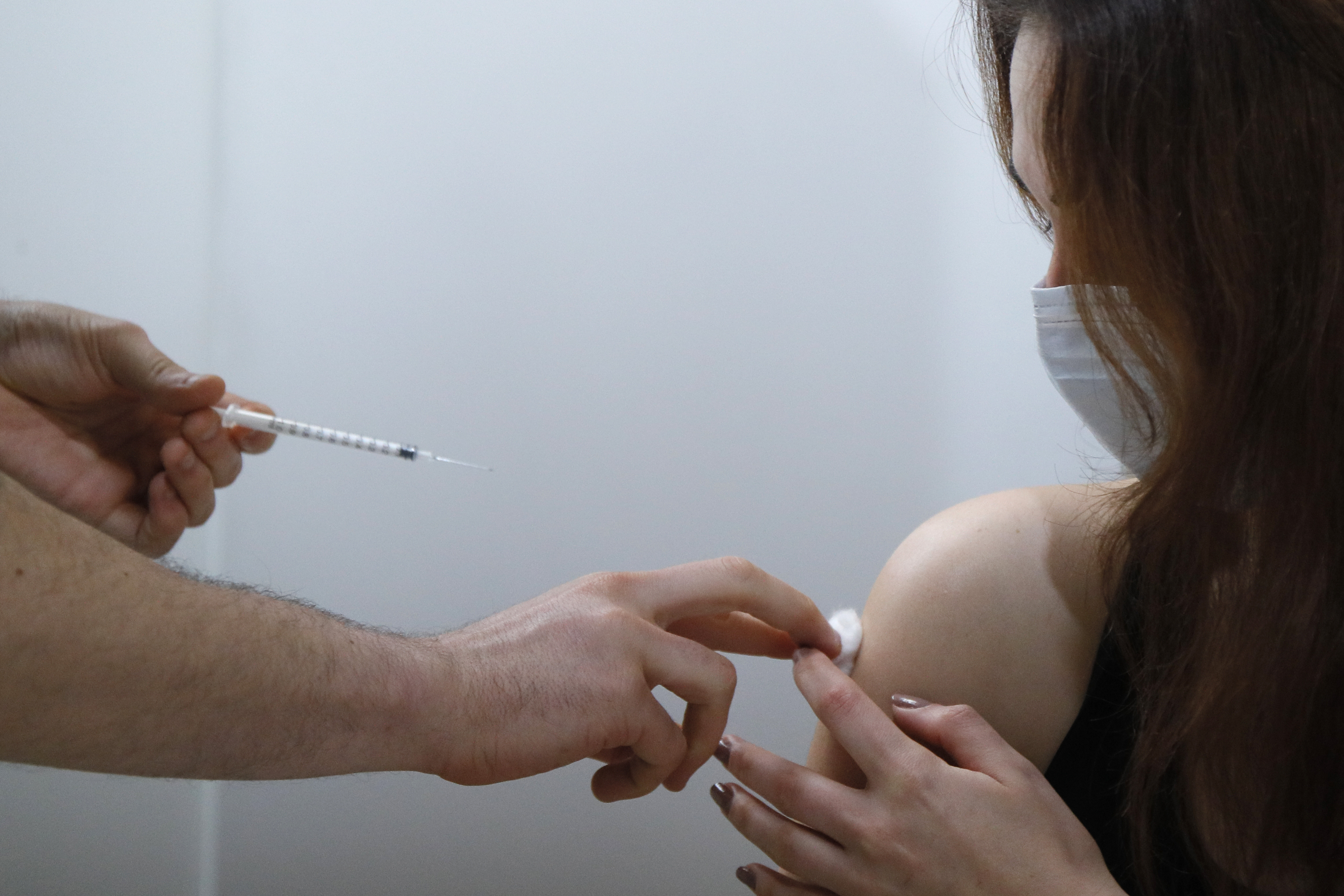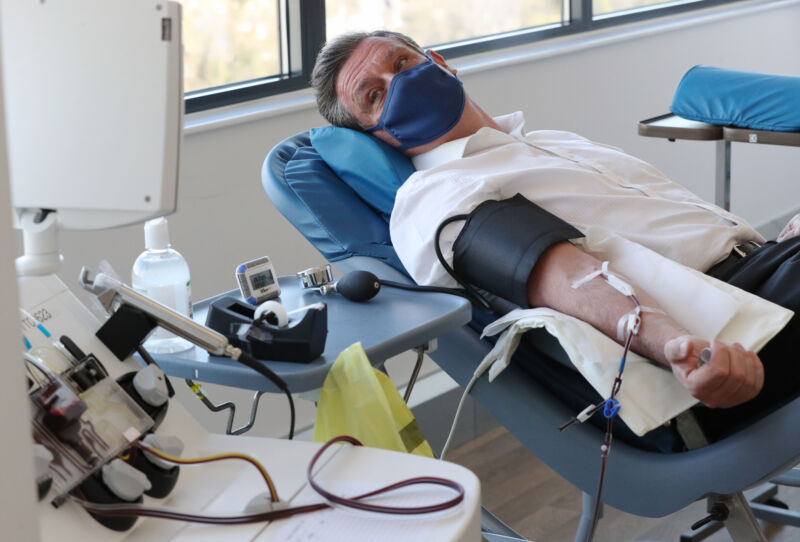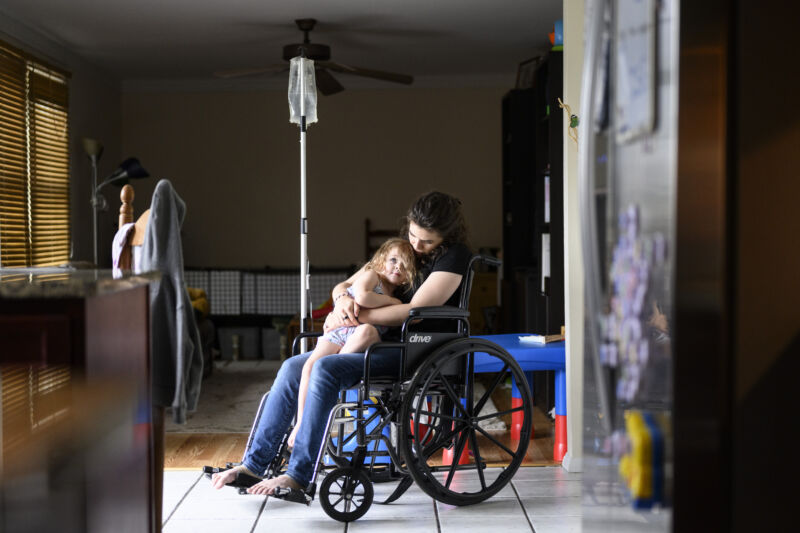-
 chevron_right
chevron_right
Risk of diabetes rises 58% after COVID, even amid omicron, study finds
news.movim.eu / ArsTechnica · Thursday, 16 February, 2023 - 16:57
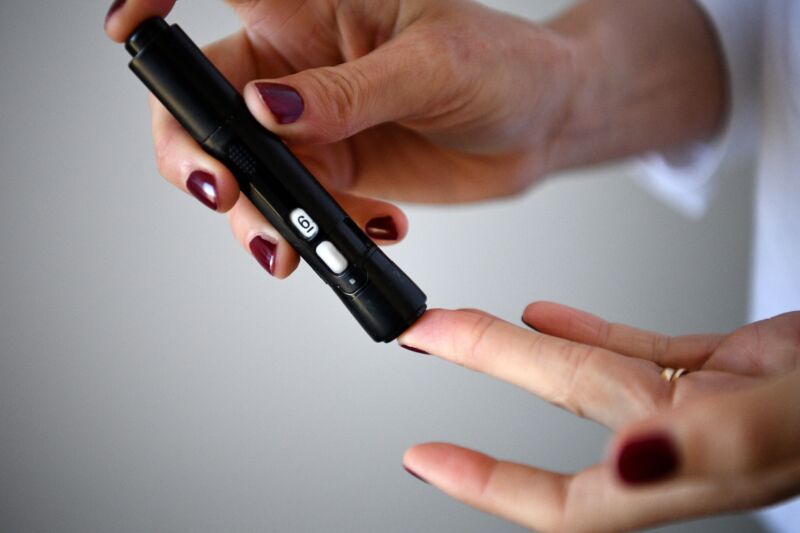
Enlarge / A woman with diabetes pricks her finger to take a blood sample to measure the glycemia in Paris on March 24, 2020. (credit: Getty | Franck Fife )
A person's odds of getting a new diabetes diagnosis were 58 percent higher in the months following a COVID-19 infection compared with prior to infection, even amid the era of omicron, researchers reported Wednesday in the journal JAMA Network Open .
The study is just the latest to link the development of diabetes to COVID-19, which pandemic data suggests increases the risk of a range of cardiometabolic conditions, including blood clots, myocarditis, stroke, and diabetes. A study published early last year in Nature Medicine tapped into the medical records of more than 11 million veterans and found that people who had recovered from COVID-19 had a 63 percent higher risk of developing any of 20 cardiovascular diseases , including a 55 percent higher risk of heart attack, stroke, and death.
The data on diabetes is equally worrying. In a systemic meta-analysis published in Scientific Reports last November, researchers compiled data from eight cohort studies involving data from more than 47 million people and found that COVID-19 infection was linked to a 66 percent increased risk of developing diabetes.



 Une première étude de Santé publique France donne des détails sur les personnes atteintes d'un Covid long.
Une première étude de Santé publique France donne des détails sur les personnes atteintes d'un Covid long.
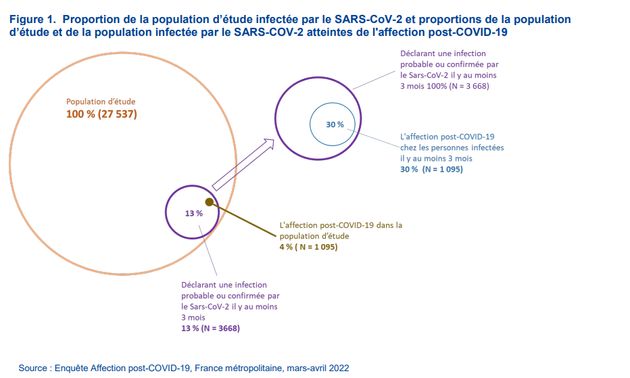 Santé publique France
Santé publique France
